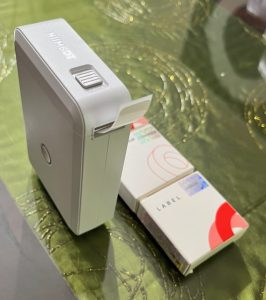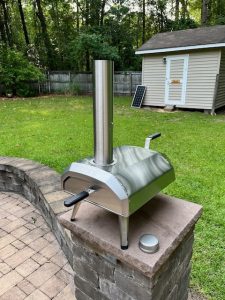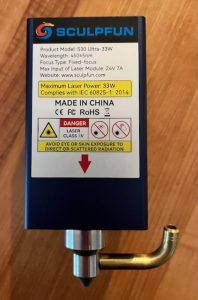xTool F1 Review – First Impressions

xTool F1
My friends at xTool have provided me with one of their latest offerings to review, the xTool F1. The F1 is a highly portable laser engraver which contains 2 separate lasers in one housing. One laser is a 10 watt, 455 nanometer (nm) wavelength laser and the second is a 2 watt IR, 1064 nm laser for marking metals.
The laser is a galvo system and an explanation of that type of laser can be found here. I’m told the author of that article is pretty awesome!
Because the galvo laser uses a mirror system instead of mechanical movements across an X and Y axis, it typically is a LOT faster than a conventional desktop diode laser.
Conversely, the tradeoff here is that the range of the mirroring system results in a considerably smaller useable area. Also if cutting an item, the edges may have a slight bevel to them. This is due of the angle of the laser cutting beam.
Where the F1 really shines brightly is its ability to mark small items quickly. Items such as jewelry, coasters, leather patches, and tumblers (with optional rotary) can be rapidly produced. Because of the portability of the F1 it is ideal for Craft Show and Flea Market sales. Customers may walk away if you tell them their tumbler will be ready for pickup in 30 minutes. However, if you tell them you can produce it in a minute or two right in front of their eyes, they are more inclined to stick around. Time is money, as they say.
Continue reading






